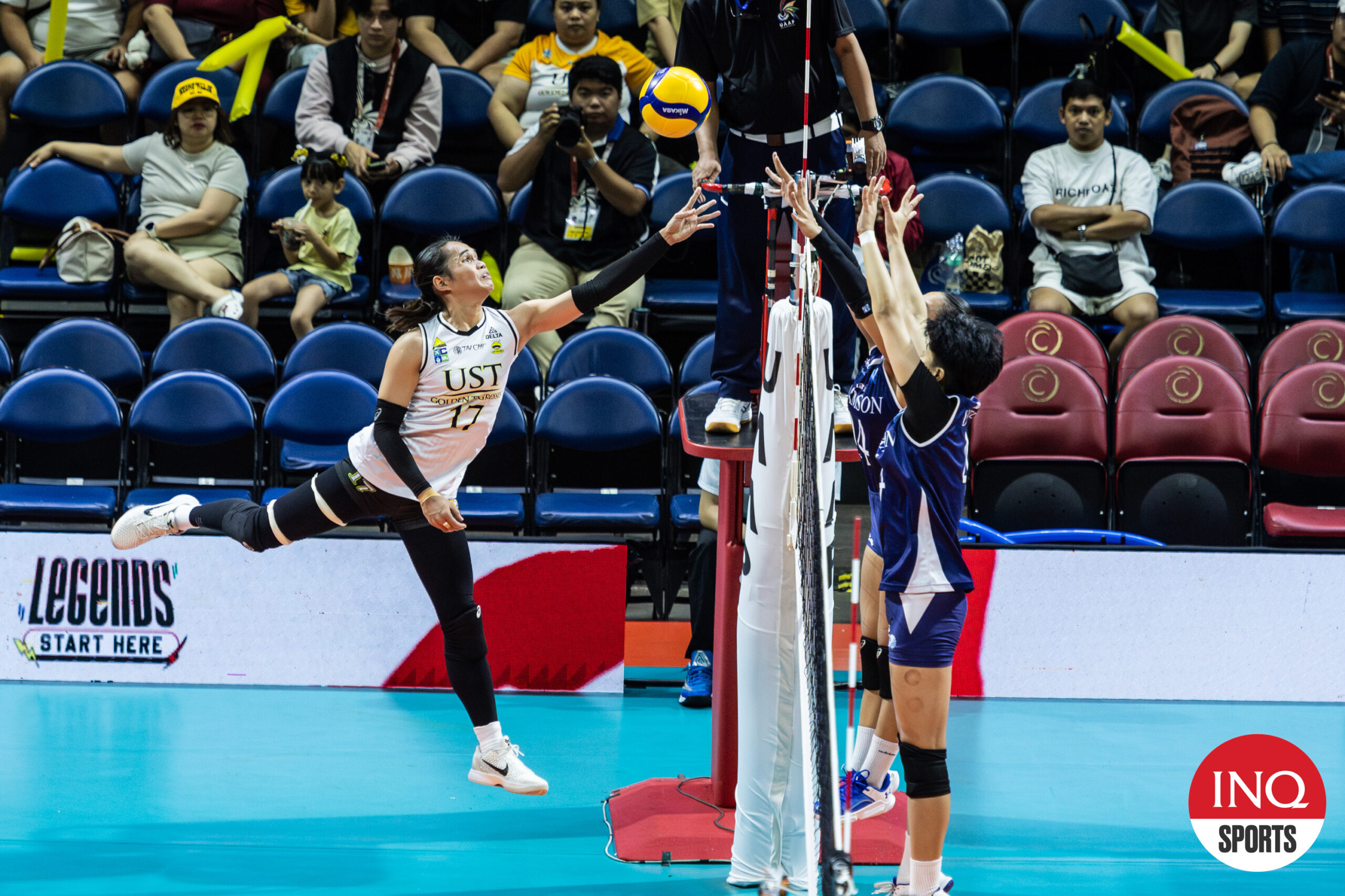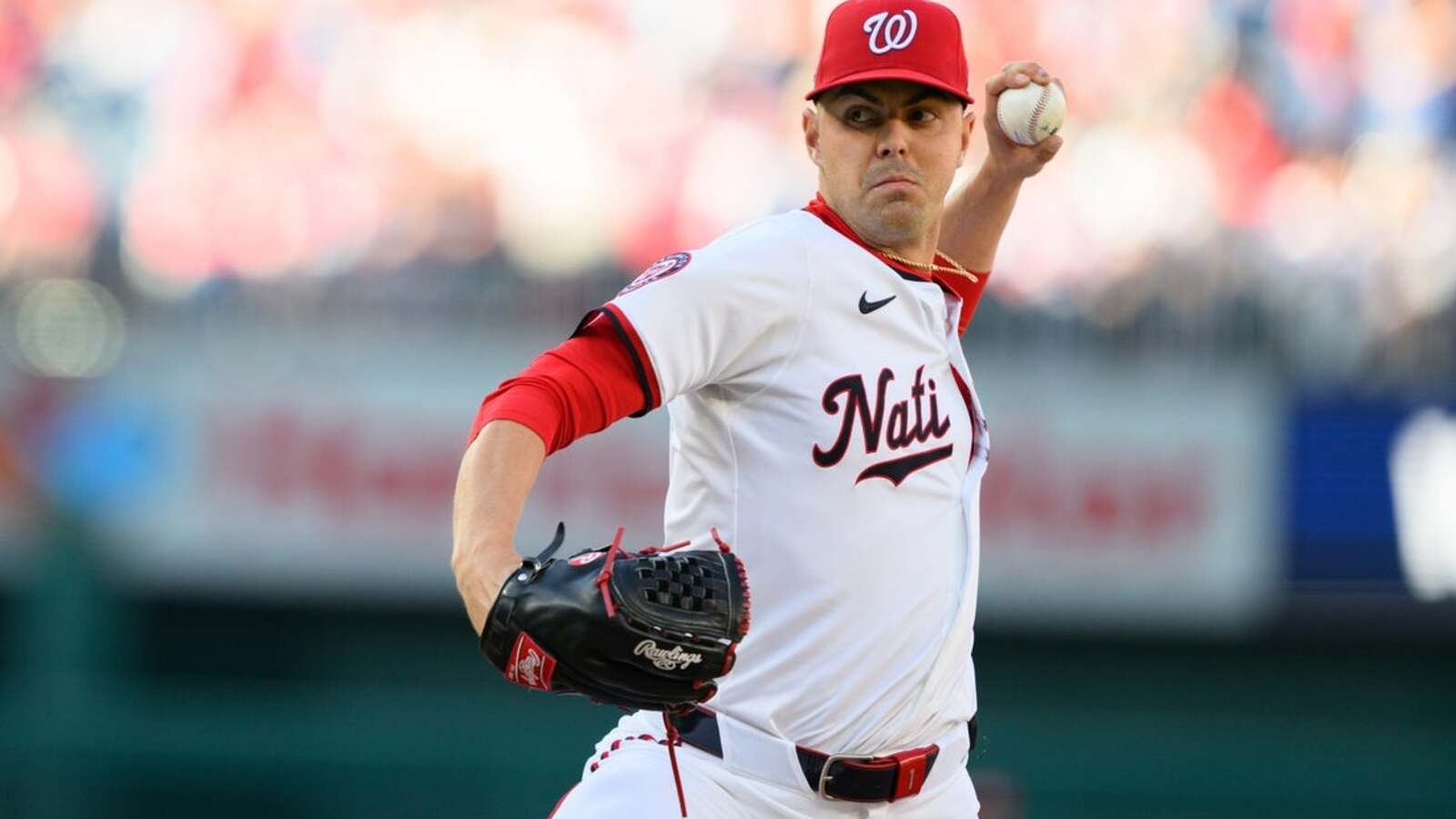
One of the big questions in the aftermath of the Mitch Marner trade deadline kerfuffle had to do with contract negotiations. We learned it wasn’t Marner waiting on the Toronto Maple Leafs to get a deal done. It was the Maple Leafs waiting on Marner.
The question is why? Why are the Leafs so determined to extend Marner before they even see how he and the team perform in the postseason? Advertisement The answer might be simple: They’ve looked into the future and didn’t like what they saw without one of their stars. They might be forced into that future, however, if Marner decides he doesn’t want to play in Toronto after this season. Which brings the Leafs to another difficult question: If Plan A is ‘Bring back Marner,’ then what is Plan B? It’s something the front office will have to at least contemplate in the coming months, given where contract talks are at (or not at).

And it’s also the goal of our little project in this article. Before we dive in, let’s take a quick look at how — assuming no trades are made — the Leafs are set up for next season when the cap will spike to $95.5 million.
Missing from that list are RFAs Matthew Knies, Nick Robertson and Pontus Holmberg, who will likely fill in some of the blanks. Checker Steven Lorentz, a pending UFA, is a possibility to return, too. What will the Leafs still need to add? Two top-six forwards, including a centre.
After signing Knies and two depth forwards, the Leafs will likely have around $18 million or $19 million left to spend based on the above roster. So let’s start there. Sign John Tavares or replace him? The likelihood of Tavares returning probably increases if Marner leaves.
Why? Partially because the Leafs will be reluctant to part with two core pieces in one summer, even if one of those pieces will be heading into his age-35 season. Also: Replacing Tavares will be difficult. And that’s the case even if Marner sticks around.
The free-agent field is just as thin this summer as it was in 2024 when the Leafs also tried to add another centre and didn’t get one. It could get thinner if the Florida Panthers re-sign Sam Bennett before July 1. Bennett would make the most sense for the Leafs as a 2C replacement for Tavares, though the price and term on his contract figures to be very steep for a soon-to-be 30-year-old who has never topped 30 goals or even 50 points in a season.
(But who has been excellent in the playoffs and plays the kind of style the Leafs front office covets.) Advertisement Another interesting swap for the Leafs might be replacing Tavares with Matt Duchene. Duchene is slightly younger and much quicker than Tavares and is still producing at a high level, with 28 goals and 74 points this season for Dallas.
He sits third behind Marner and Tavares in points per game among pending UFAs. (Bennett is tied for 11th.) Duchene has been signing for a bargain with the Stars lately — just $3 million a season on one-year deals — which adds another layer to considering him as an option.
Would he take a discount to come play close to his hometown of Haliburton, 200 kilometres north of Toronto? Having him as an option might be why, in part, the Leafs are thus far willing to wait on Tavares, hoping he’ll take a meaningful discount to stay home in Toronto. (Interestingly enough, Tavares and Duchene are both represented by Pat Brisson.) Brock Nelson would be another possible upgrade on Tavares, but it’s likely he will decide to continue his career in the U.
S., potentially even in his home state of Minnesota with the Wild. Mikael Granlund also stands to be available, but he’s more winger than centre and as a small, skilled type, doesn’t really fit this team or its head coach.
The Leafs could also pursue a trade for a centre. The problem? They have even less to trade now than before, having parted with multiple first-round picks and prospects Fraser Minten and Nikita Grebenkin to acquire Brandon Carlo and Scott Laughton at the trade deadline. All of which might, if the price is right, bring the Leafs back around to Tavares.
The Leafs are hoping for a hometown discount from their former captain. If he wants top dollar, they likely can’t get in the bidding given their cap constraints, as Tavares — who has 35 goals this season — could potentially command $7 million or more on the open market, the way Joe Pavelski did late in his career. Advertisement Finding a compromise contract closer to $5 million will be the goal.
The Leafs will also likely continue to contemplate how to upgrade at 3C, given Laughton hasn’t looked the part so far. But that could be a problem to tackle at the 2026 deadline. Who to target as a top-six winger Marner leaving could mean a full-time top-line role for William Nylander.
But even if Nylander continues to play away from Auston Matthews more than with him, losing Marner would necessitate the addition of another top-six winger in free agency or via trade. Nikolaj Ehlers, picked one spot after Nylander in the 2014 draft, stands to be the top free-agent option after a big season in Winnipeg. Ehlers has some bite to his game, in addition to the skill.
However, this particular management group might be reluctant to add a slick and undersized winger to its top six, especially one who has struggled to produce in the playoffs (four goals and 14 points in 37 career games). Brock Boeser — a bigger winger with 11 goals and 23 points in 29 career postseason games with the Vancouver Canucks — might be more the Leafs front office’s speed. But he, like Nelson, could opt to sign in the U.
S. closer to home. Ehlers and Boeser are both nearing 30 years old and, given their status as top free agents in a weak field in a rising cap environment, feel likely to be overpaid in free agency.
Think $8 million to $9 million as a starting point. Lesser talents like Ryan Donato may also cash in big, despite only topping 16 goals and 31 points for the first time this season. Given those parameters, it’s possible the Leafs pass on the top UFA wingers and pursue a short-term replacement in the top six to go with a centre in the Tavares/Duchene category.
They will certainly have ample cap space, with Marner’s absence creating a $13 million hole in their salary allocation. It might also make sense to add two wingers, increasing their scoring depth. Advertisement In that case, Brad Marchand could be one intriguing option.
Another would be Matthews’ childhood hero, Patrick Kane. The fun factor could be high for a Leafs lineup like this: Knies – Matthews – Kane McMann – Duchene – Nylander Kane is 36, and there’s injury risk, but the bargain potential is there if he can stay healthy. His cap hit is only $4 million this season, with another $2.
5 million in potential performance bonuses, and he’s been very productive for the Detroit Red Wings down the stretch here. Other UFA options in the aging-but-still-effective department could include Jamie Benn, Claude Giroux, Jonathan Drouin, Taylor Hall and Brandon Saad. The depth of the free-agent field drops off significantly after that, however.
Be frugal ...
and wait for 2026 Going cheaper with the Leafs’ free-agent buys could be part of a bigger-picture strategy that has the team eyeing a much bigger splash in 2026. Among the potential UFAs next summer are Jack Eichel, Artemi Panarin, Kyle Connor, Kirill Kaprizov ..
. and Connor McDavid. Some of those stars — maybe even all — won’t get to free agency 15 months from now.
But rather than overpay on only OK talent this summer, the Leafs could decide to wait anyway in the hopes that a bigger superstar makes it to UFA status a year later when the salary cap is expected to spike again to $104 million. What if, for instance, McDavid opts not to sign an extension with the Edmonton Oilers this summer and somehow becomes available? If he were to leave Edmonton, the chance to play for his hometown team, and with close pal Matthews — who shares the same agent in Judd Moldaver — could be appealing. Keeping that option at least open makes some sense in a world where Marner walks.
It would be an uncertain and potentially risky road for the Leafs, given all of the most promising names could be crossed off before they even get a chance to bid. But the upside is much higher than the cast of players available to sign this July 1. Advertisement In the interim, the Leafs would potentially have some flexibility for trades during the 2025-26 season, with extra give under the salary cap.
They could sign short-term deals with, say, Duchene, Kane and one other top-nine-ish forward like Mason Appleton or Trent Frederic for a forward group that looks something like this: Knies – Matthews – Kane McMann – Duchene – Nylander Robertson – Domi – Appleton Laughton – Kampf – Jarnkrok The front office might also look for additional support on defence with an upgrade on Simon Benoit — veterans like Brian Dumoulin, Derek Forbort or Alec Martinez. They could shoot higher even, with their extra cap space, and try to add someone like Brent Burns for some added pop and offensive upside. McCabe – Tanev Rielly – Carlo Ekman-Larsson – Burns A (very) theoretical Leafs cap sheet without Marner or Tavares could look something like this, with money left over to wheel and deal in-season, as needed.
Maybe UFA prices are inflated above and beyond what we’ve listed there, but again, there’s plenty of flex built in, with more than $6 million in room available to pay those players more or aim for higher-end targets. The goal with a roster like this would be to continue to try to compete while signing short-term contracts and leaving flexibility for 2026. It leaves open a potential scenario where, in an extreme, they could have upward of $35 million in cap space that offseason to build around Matthews, Nylander, Knies, their current blue line and Joseph Woll.
It wouldn’t be a blank slate, but it would leave plenty of open canvas to work with. Even without looking that far ahead, having that extra available cash on hand could be important because Knies’ next contract remains an open question . In a scenario where the Leafs have more cap space to work with, they could be more inclined to make a bolder, long-term play on their rising power forward, giving him an eight-year deal with a higher cap hit.
They would also be in better position to match an offer sheet if another team tried to get aggressive with Knies. Advertisement For the Leafs, however, the offer-sheet route — for players such as Gabriel Vilardi, Mason McTavish and Marco Rossi — isn’t viable given their lack of draft picks. Toronto currently lacks its first- and second-round pick for 2026 and its first-rounder for 2027, all prime pieces for offer sheets this summer.
In conclusion Marner would obviously be missed in many ways if he left the Leafs. He brings a rare combination of elite playmaking and defending. Only five players leaguewide have more points than Marner over the past five seasons: McDavid, Leon Draisaitl, Nathan MacKinnon, Mikko Rantanen and Panarin.
Remove a nearly 100-point player — with Selke Trophy-level defence — off any team, and they’re probably getting worse. With the right series of moves, however, the Leafs might be able to deepen their lineup without Marner (and a projected cap hit of around $13 million) and still remain a viable Stanley Cup contender next season. They could possibly lift their ceiling even higher if they strike free-agent gold in 2026, too.
It’s a murkier path, for sure. But perhaps not as bleak as it may seem. (Photo: Nick Turchiaro / Imagn Images).















